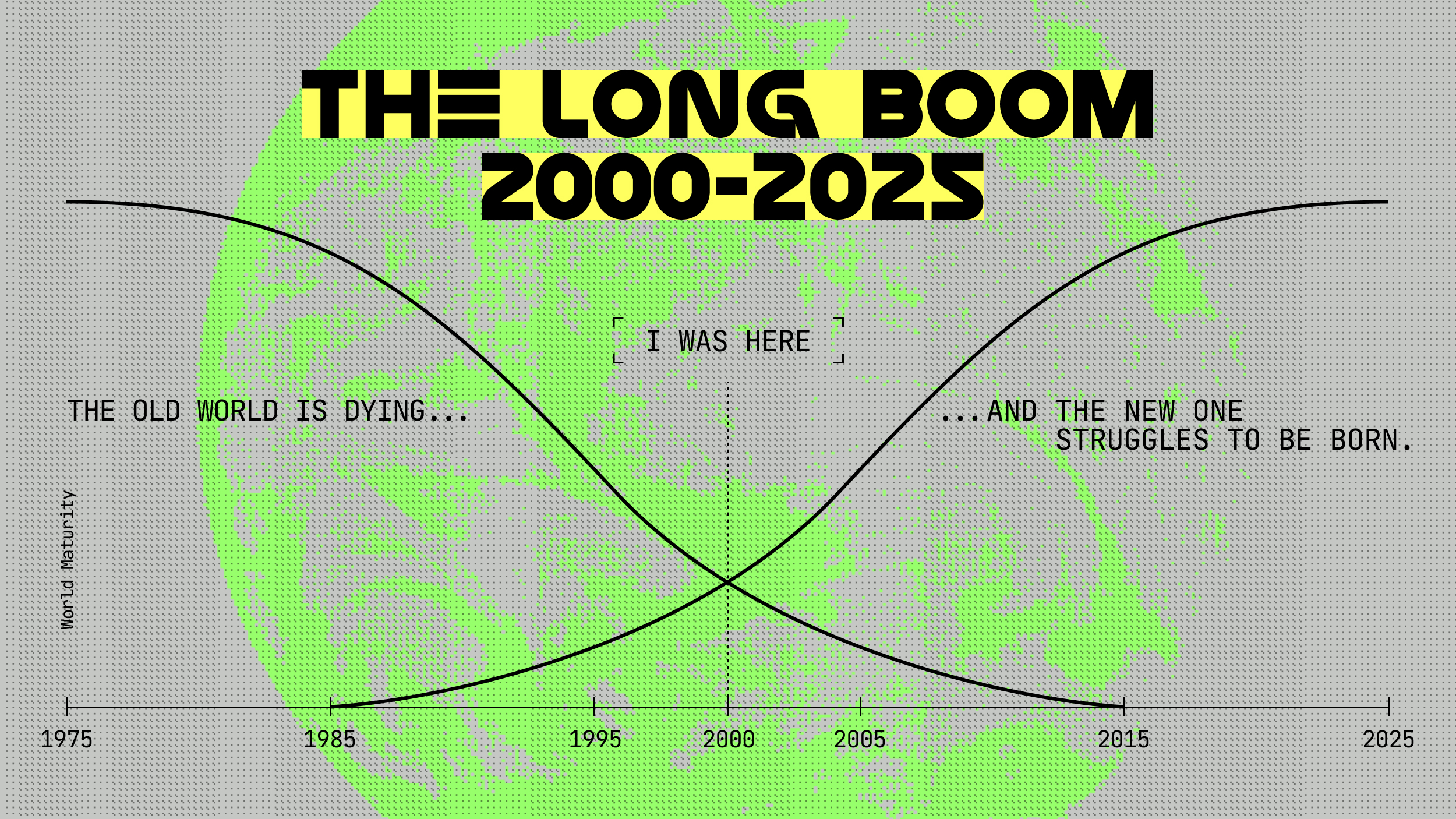Enjoying Ourselves to Death?

The looming menace of widespread chronic disease is a lot like the prospect of major climate change.
Both future crises are expected on the basis of imperfect projections which don’t neatly agree–but which, in the aggregate, suggest that humanity can’t afford to do nothing. Both stem from small daily choices and intimate personal habits: Global warming is caused by cars, airplanes, refrigerators, computers, space heaters, livestock-raising and other industrial means of supplying people with the lifestyle they want. Chronic disease rates rise because of what people eat, drink and do with themselves (smoking and obesity are associated with a number of the most widespread chronic ailments). Both crises are being addressed piecemeal and inconsistently, as millions of people congratulate themselves for taking wholly inadequate steps. While others decide it’s too late to do anything at all.
In both the environmental and public-health cases, people with less privilege are being told to behave more like upper-middle class people in order to save the world, which undercuts the effectiveness of those messages.
And, much like a future world ruined by global warming, a future burdened by millions of strokes, heart attacks, diabetes cases, kidney failures and other chronic ailments can only be averted if people change, profoundly, their notions of “a good life.” They’ll need to want to live in a future very different from the recent past, and very different from what they were taught to expect. How to motivate people to make, or accept, that kind of change? Nobody really knows yet. It’s a mystery, at once psychological and global. It links the question of what makes people overeat next Tuesday with the question of how to avoid the collapse of civilization.
Reminders of the gravity of the disease problem came in a pair last week. One, published in the journal Diabetes Care,estimates that American diabetics will number more than 44 million by 2034–about double today’s number. In making their projection, Elbert S. Huang and his University of Chicago colleagues assumed that the percentage of the U.S. population that is obese will remain steady at about 30 percent for a few years, and then decline a bit. The increase in diabetes cases will be caused by the sheer numbers of aging baby-boomers and by diagnoses earlier in life, not a jump in obesity, Huang told Deborah Shelton of the Chicago Tribune.
The other major forecast, by Kenneth Thorpe of Emory University, doesn’t agree at all. Thorpe’s study, to be released tomorrow, foresees a huge increase in obesity rates. Where the Chicago study predicts that 27 percent of the population will be obese in 2034, Thorpe puts the number at 43 percent. As obesity is significantly correlated with adult-onset diabetes and heart trouble, his numbers point to an even worse chronic-disease problem in the 2030’s.
What are the lessons here? One, I think, is that projections are not prophecies, and pronouncements about the world of 2034 shouldn’t be taken as gospel. Each one depends on the assumptions that go into it. But that’s true of any theory or prediction, and this imperfection is no excuse to do nothing.





